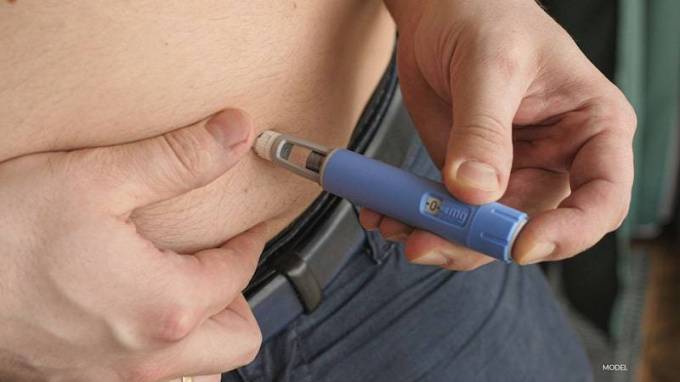Where do you inject Ozempic for weight loss?
Published By Dynamic Aesthetic Clinic, 21 Aug 2024

Ozempic (semaglutide) has emerged as a prominent option for individuals striving for weight loss, particularly among those with obesity or weight-related health conditions. It is essential to understand not only the efficacy of the medication but also the appropriate methods for its administration. This post will elucidate the optimal injection sites for Ozempic, the correct techniques for self-administration, and considerations for ensuring a safe and effective experience.
Injection Sites for Ozempic:
Ozempic is administered via subcutaneous injection, meaning it is injected into the fatty tissue just beneath the skin. The most recommended sites for Ozempic Injection in Dubai include:
-
Abdomen:
The tummy area is one of the most commonly used injection sites. It is advisable to choose approximately two inches away from the navel or any surgical scars. This region provides easy access and offers a relatively large area for multiple injections over time. -
Thigh:
The front of the thigh is another viable site for injection. This area can be particularly convenient for self-administration, as it is easy to reach and allows for a steady hand. -
Upper Arm:
The outer aspect of the upper arm is also suitable for injections. However, individuals may require assistance to administer injections in this area, as it can be challenging to reach.
Injection Technique:
To ensure the effectiveness of the Ozempic injection and minimize discomfort, it is crucial to follow specific steps during the administration process:
-
Preparation:
Begin by washing your hands thoroughly with soap and water. Clean the injection site with an alcohol swab to reduce the risk of infection. -
Select a Site:
Choose an appropriate injection site from the options mentioned above. It is beneficial to rotate injection sites to avoid skin irritation and promote better absorption. -
Prepare the Injector:
If using a prefilled pen, remove the cap and check the solution for clarity. The medication should not be used if it appears discolored or contains particles. -
Pinch the Skin:
Grasp the skin around the injection site between your thumb and forefinger to create a fold. This action will help ensure that the needle penetrates the fatty tissue effectively. -
Insert the Needle:
Inject the needle at a 90-degree angle (for the abdomen or thigh) or a 45-degree angle (for the upper arm) to the skin. Push the plunger down steadily to inject the medication. Hold the needle in place for a few seconds after the injection to ensure that the full dose has been delivered. -
Remove the Needle:
Withdraw the needle gently and dispose of it in a sharps container. Do not rub the injection site, as this may cause irritation. -
Post-Injection Care:
Apply pressure to the injection site with a clean swab, if necessary. Ensure that your hands are washed again after the procedure.
Important Considerations:
-
Dosage:
Ozempic is typically administered once a week. It is crucial to follow the prescribed dosage from a healthcare provider. Over-injection can lead to adverse effects, while under-injection may hinder weight loss efforts. -
Timing:
Ozempic can be administered at any time of day, with or without meals, providing flexibility for the user. It is, however, advisable to administer the injection on the same day each week to maintain a routine. -
Sourcing the Medication:
Ozempic is a prescription medication. It is important to consult with a healthcare professional prior to starting Ozempic to ensure it is appropriate based on individual health profiles and weight loss goals. -
Storage:
Store unopened Ozempic pens in a refrigerator. Once in use, the pen can be kept at room temperature for up to 56 days. Protect it from light and extreme heat. -
Side Effects:
Common side effects may include nausea, vomiting, diarrhea, and constipation. Monitoring for these effects is crucial, and any severe reactions should prompt consultation with a healthcare provider.
Conclusion!
Administering Ozempic effectively requires understanding the appropriate injection sites, mastering the technique, and adhering to safety protocols. Individuals using Ozempic for weight loss should engage with healthcare professionals to tailor the treatment to their specific needs and to ensure safe practices. By following the guidelines outlined in this post, individuals can optimize their experience with Ozempic and enhance their weight loss journey.
As we continue to explore the evolving landscape of weight management solutions, Ozempic stands out as a compelling option, promising both effectiveness and a manageable administration process.
